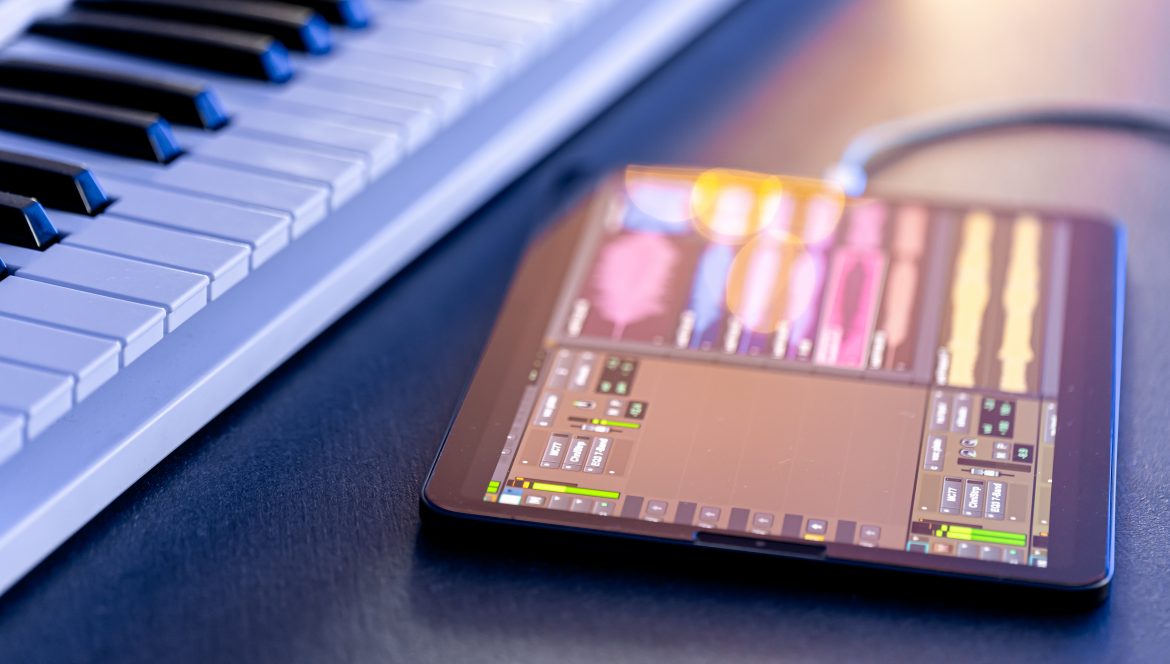Imagine a world where your technology isn’t confined to staring at screens or waving your fingers across tiny touchpads—where your voice, movements, and environment become the new languages of communication. Welcome to the thrilling frontier of screenless interfaces, a universe where interaction is more natural, fluid, and playful than ever before!
In this cheerful journey, we explore how innovations in sound, gesture, and context are transforming our relationship with technology, making it more intuitive and more human. Gone are the days of endless scrolling and tapping; instead, we’re stepping into an era where our environment and mood guide digital responses, turning everyday moments into interactive adventures.
The Power of Sound: Voices That Understand and Respond
One of the most delightful innovations easing us into the screenless world is the rise of voice interfaces. Think about the instant joy of waking up a voice assistant with a simple “Good morning,” and having your smart home gently wake up with you—lights turning on, coffee brewing, and news summaries ready. It’s like having a helpful robot friend who listens and responds in a warm, conversational manner.
Voice-activated assistants such as Amazon Alexa, Google Assistant, and Apple Siri have become the cheerful conductors of our digital symphony. They enable us to perform tasks—from setting reminders and controlling smart devices to playing music or answering questions—simply by speaking. This revolution in voice interaction is not only about convenience but also about inclusivity, helping those with visual impairments or mobility challenges participate more fully in the digital world.
But voice interfaces are continually evolving. Advances in natural language processing allow these assistants to understand complex commands, detect emotions, and even recognize different voices to personalize responses. Imagine a future where your device doesn’t just hear you but understands you—taking into account your tone of voice, current mood, and context to respond empathetically and accurately.
Gesture Control: Moving Beyond Touch
Next, let’s cheer for gesture-based interfaces, where waving, pointing, or even eye movements can command devices in a dance of human expression and machine response. No longer confined to the narrow confines of touchscreens, these interfaces open a world of playful and tactile interactions.
Imagine walking into your living room and simply waving your hand to turn on the TV, or giving a quick thumbs-up to set music playlist levels—without touching a single button. Developers are harnessing technologies like infrared sensors, depth cameras, and computer vision to make this happen. Products like Microsoft Kinect, Leap Motion, and adapted smartphones are paving the way for gesture control in gaming, smart home management, and even public installations.
And it’s not just about convenience—gesture control can also be a powerful tool for accessibility. People with mobility impairments can navigate devices with eye movements or subtle gestures, empowering everyone to participate fully in the digital dance.
The Magic of Context: Environment as the Digital Dialogue
Perhaps the most captivating part of the screenless evolution is how contextual awareness turns ordinary environments into intelligent partners. This means devices don’t just wait for commands—they sense where you are, what you’re doing, and even how you feel, adjusting their responses accordingly.
Imagine sitting in a café, and your smart glasses detect your relaxed mood—prompting your playlist to shift to calm tunes. Or your wearable fitness tracker notices you’re fatigued and suggests a relaxing break, all without you lifting a finger. Context-aware technology combines sensors, machine learning, and environmental data to create seamless, in-the-moment interactions.
This smart awareness extends into the realm of ambient computing, where the boundaries between digital and physical worlds blur. Rooms equipped with smart lighting, sound, and temperature controls respond intuitively to your presence and mood—making your daily routines smoother and more personalized.
A World Without Boundaries: The Bright Future of Screenless Interaction
All these innovations point towards a future where the traditional “screen” becomes just one of many tools for interaction. Instead, our voices, gestures, and surroundings will coordinate to create an experience as natural as talking to a friend or gesturing to a colleague.
This isn’t just about sci-fi fantasy—it’s a cheerful revolution shaping industries from healthcare and education to entertainment and daily commuting. Imagine doctors diagnosing remotely via gesture-controlled ultrasound, students engaging with immersive soundscapes, or travelers getting personalized assistance without ever having to pull out a device.
The Fun and Joy of a Touch-Free World
What makes this evolution especially exciting is how it cultivates a sense of playfulness and spontaneity. Without the constraints of screens, interactions become more about discovery and delight. You might find yourself waving your hand to change channels, talking to your virtual garden to water the plants, or simply being aware of how your environment responds to your mood.
Moreover, as these interfaces become more empathetic and inclusive, they forge deeper bonds between humans and technology—making digital experiences more human, more cheerful, and more seamless.
In Conclusion: Embracing the Bright, Touch-Free Future
The age of screenless interfaces—driven by sound, gesture, and context—is not just a technological shift; it’s a joyful leap into a more natural, intuitive way of living with technology. As voice assistants become more conversational, gestures more expressive, and environments more aware, we’re stepping into a world where interaction feels less like a task and more like a delightful conversation.
This is a future where innovation meets playfulness, where devices understand us more deeply, and where technology enhances our daily lives in ways that feel effortless and fun. So, cheer on this exciting journey—where the boundaries of screens shrink and the possibilities for smarter, more joyful human-machine connections expand vast and endless!
Let me know if you’d like me to add more details or tailor it further!

